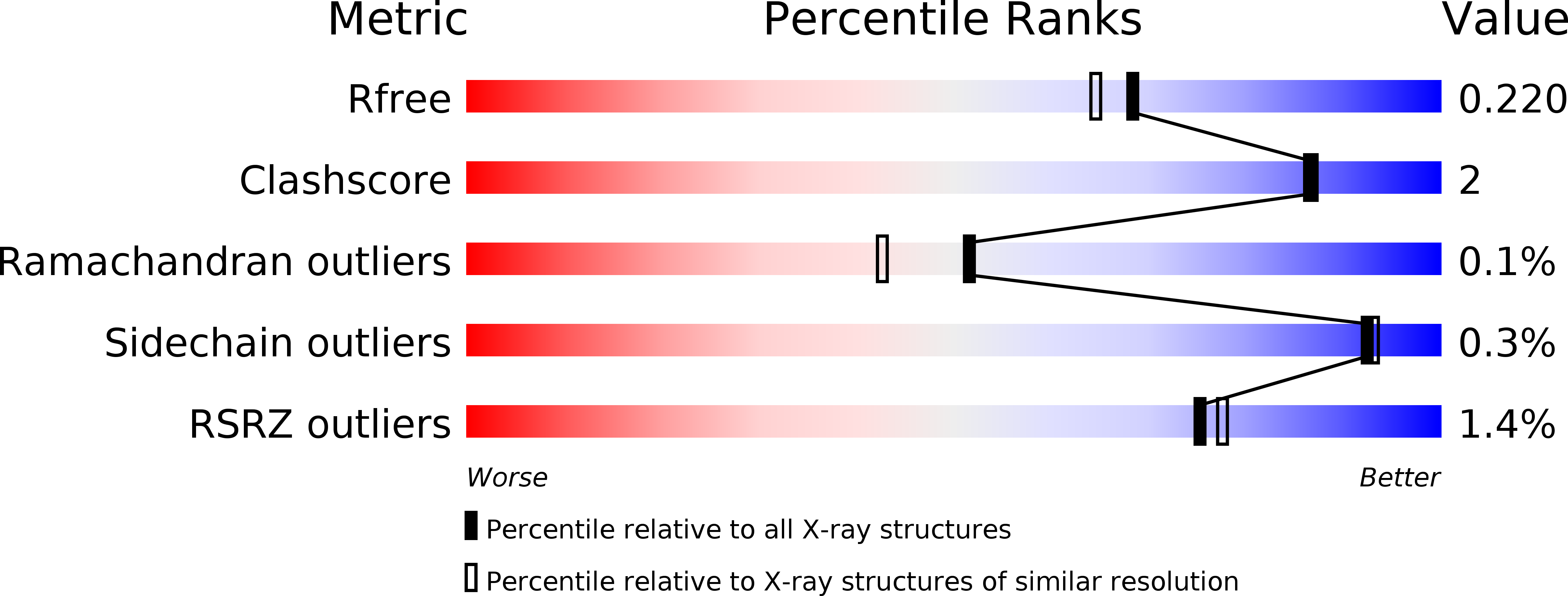
Deposition Date
2020-01-10
Release Date
2020-04-22
Last Version Date
2024-05-15
Entry Detail
PDB ID:
6TVP
Keywords:
Title:
Structure of Mycobacterium smegmatis alpha-maltose-1-phosphate synthase GlgM
Biological Source:
Source Organism:
Host Organism:
Method Details:
Experimental Method:
Resolution:
1.90 Å
R-Value Free:
0.21
R-Value Work:
0.17
R-Value Observed:
0.17
Space Group:
P 21 21 2


